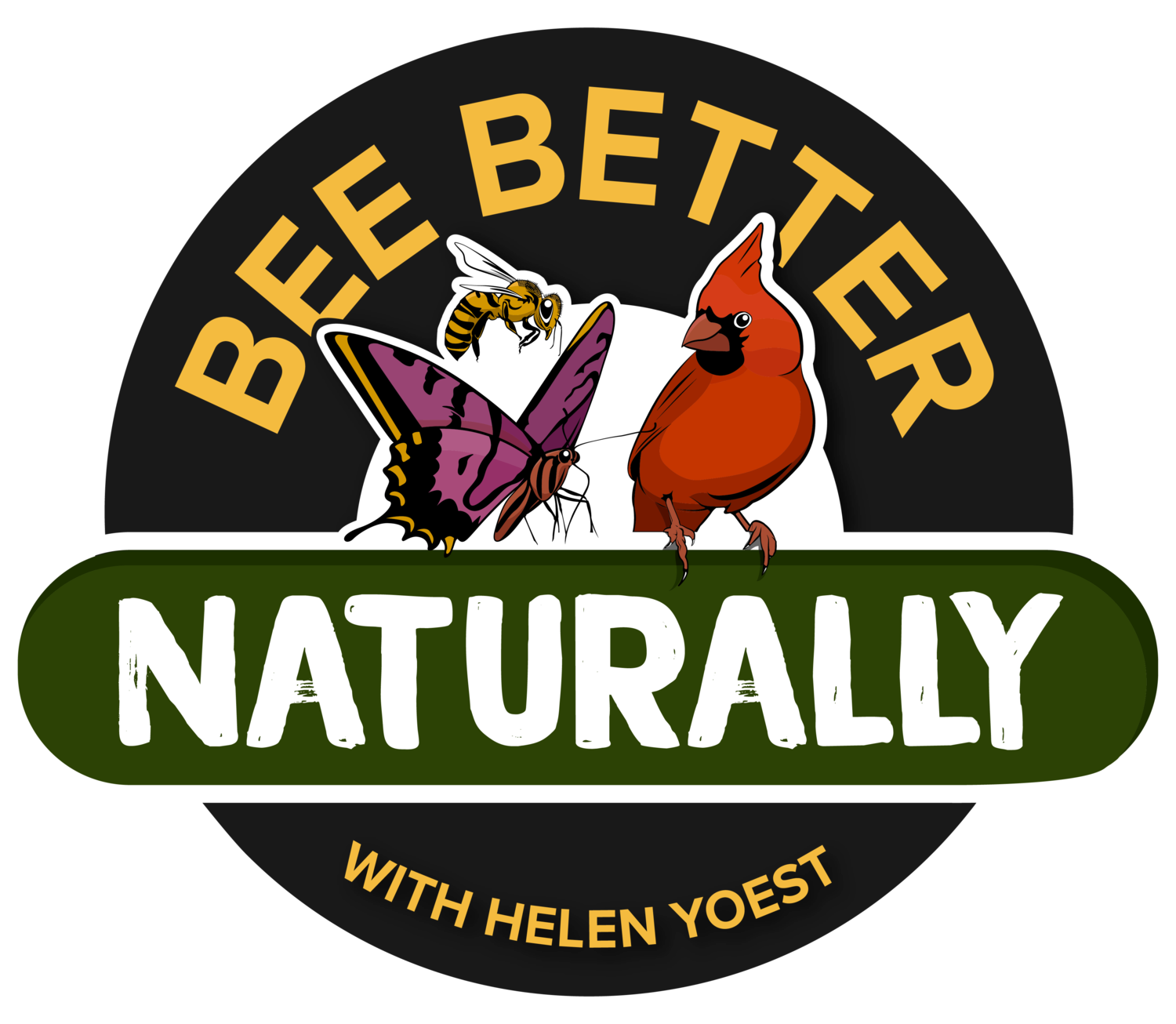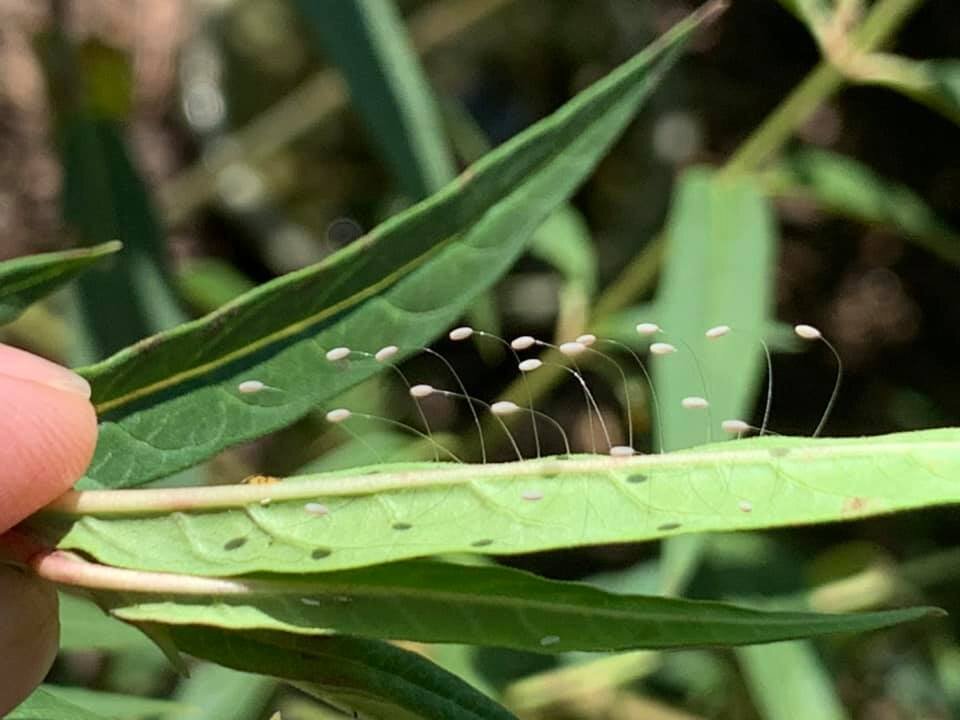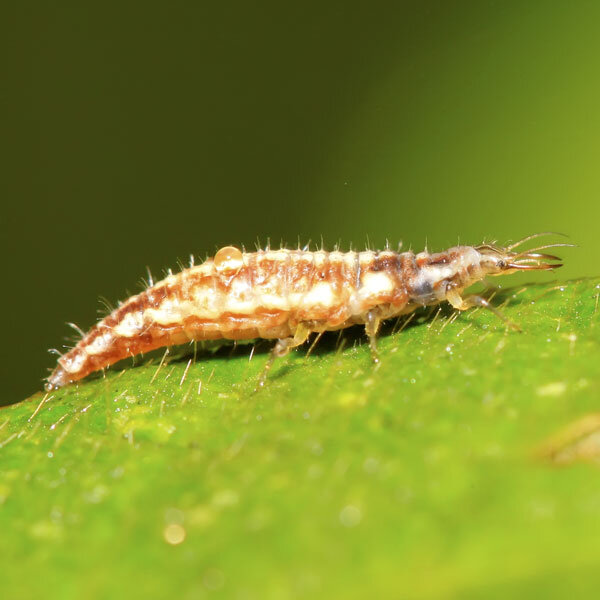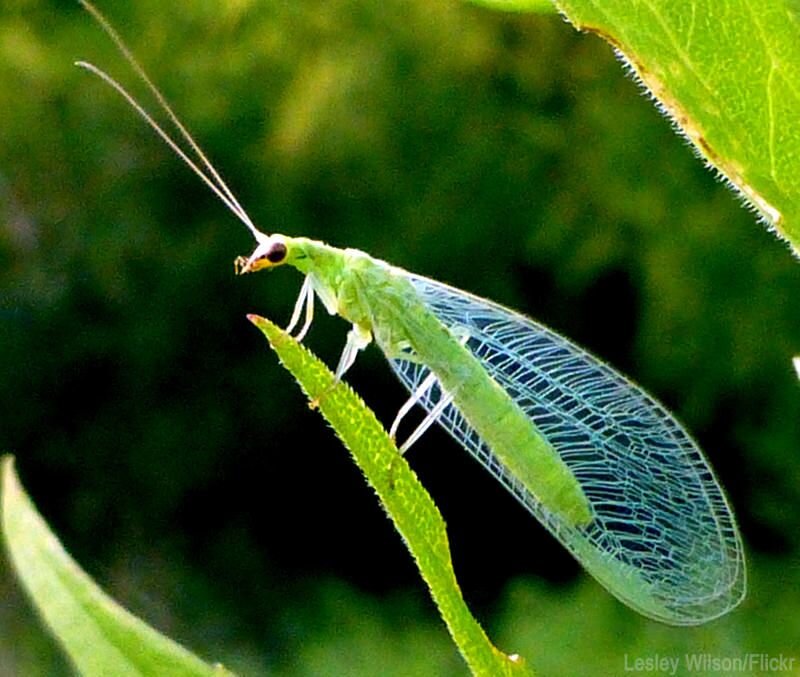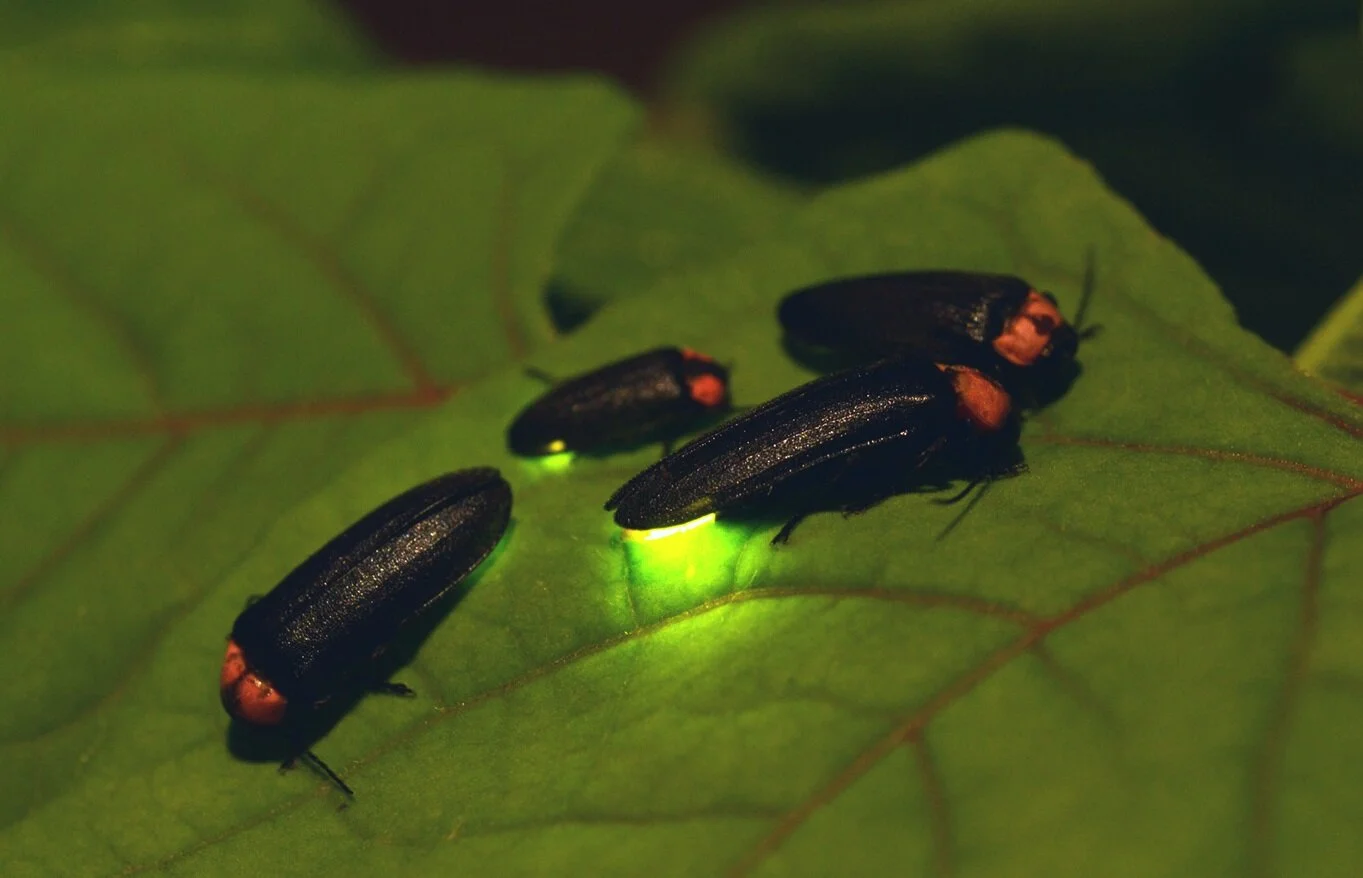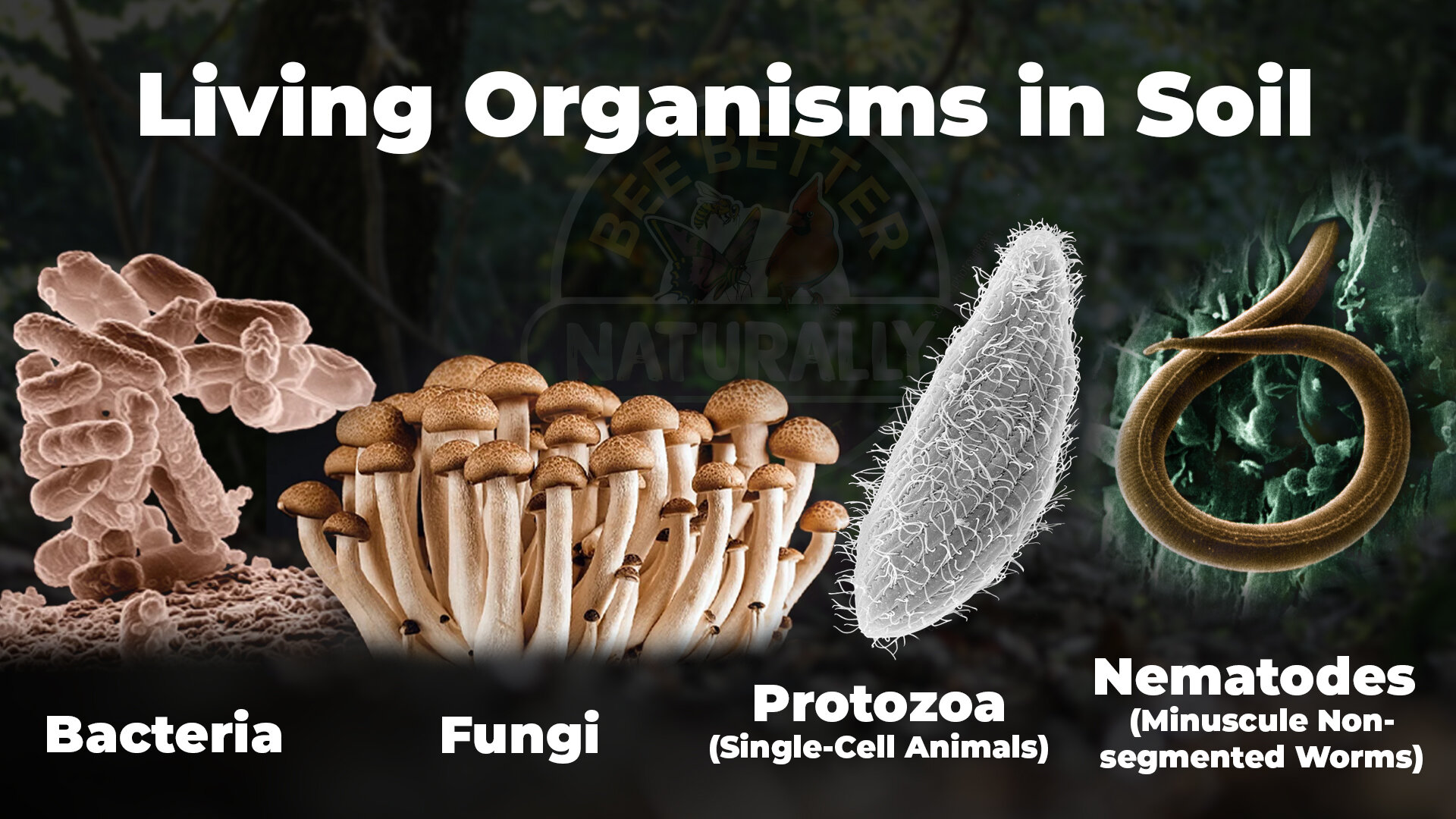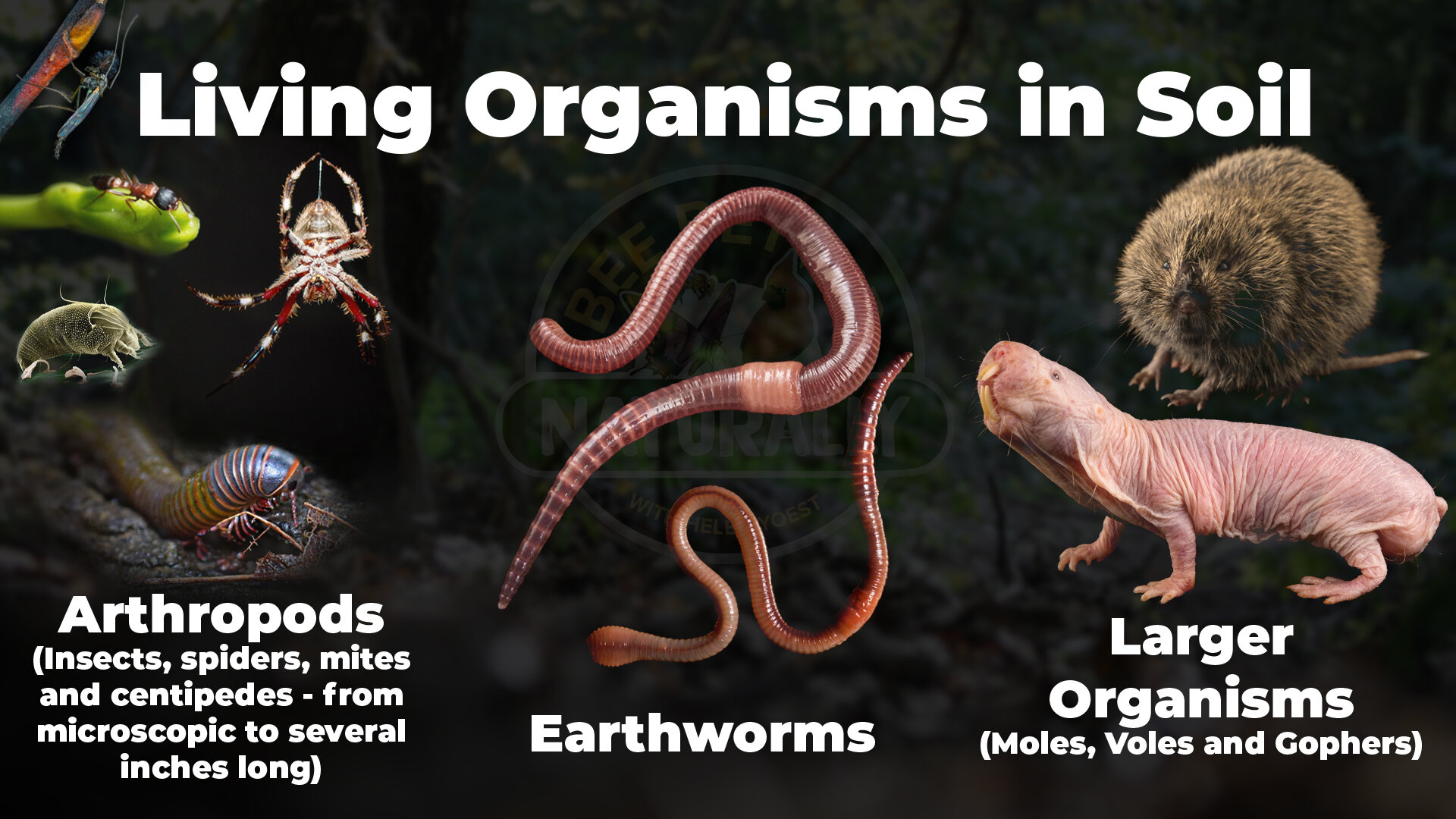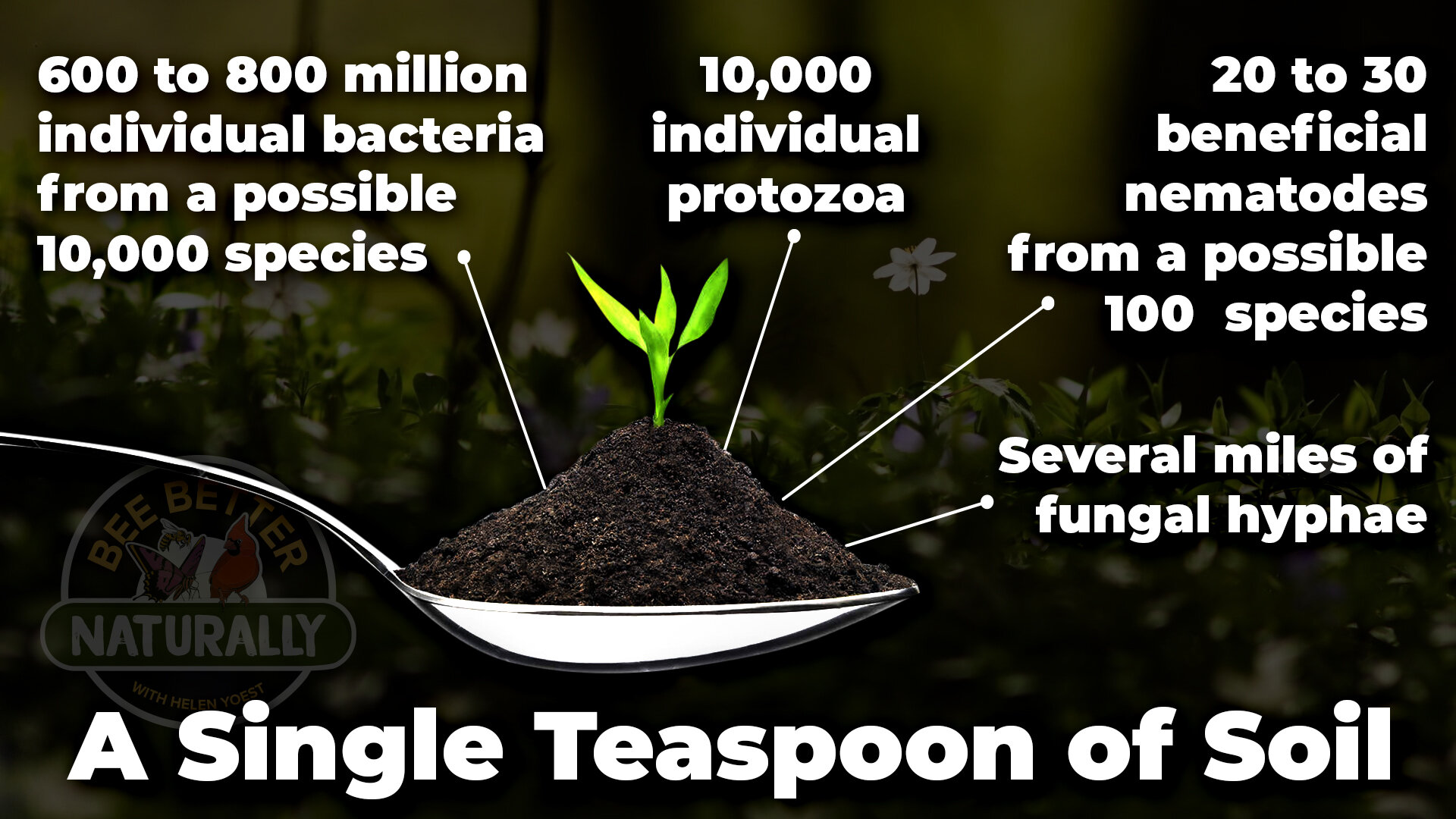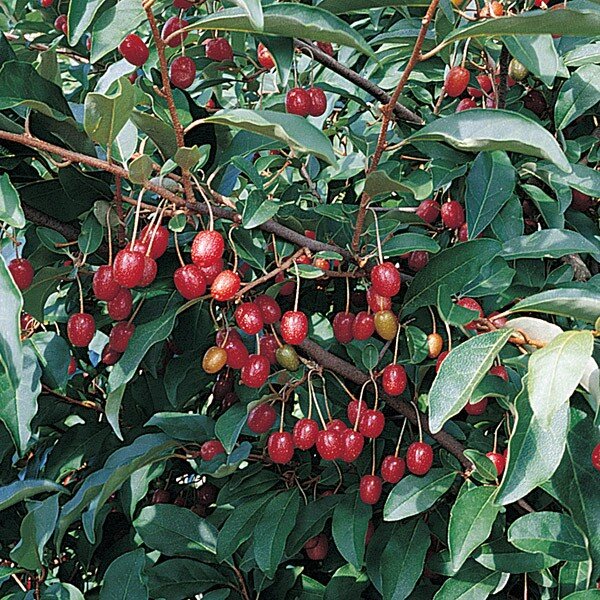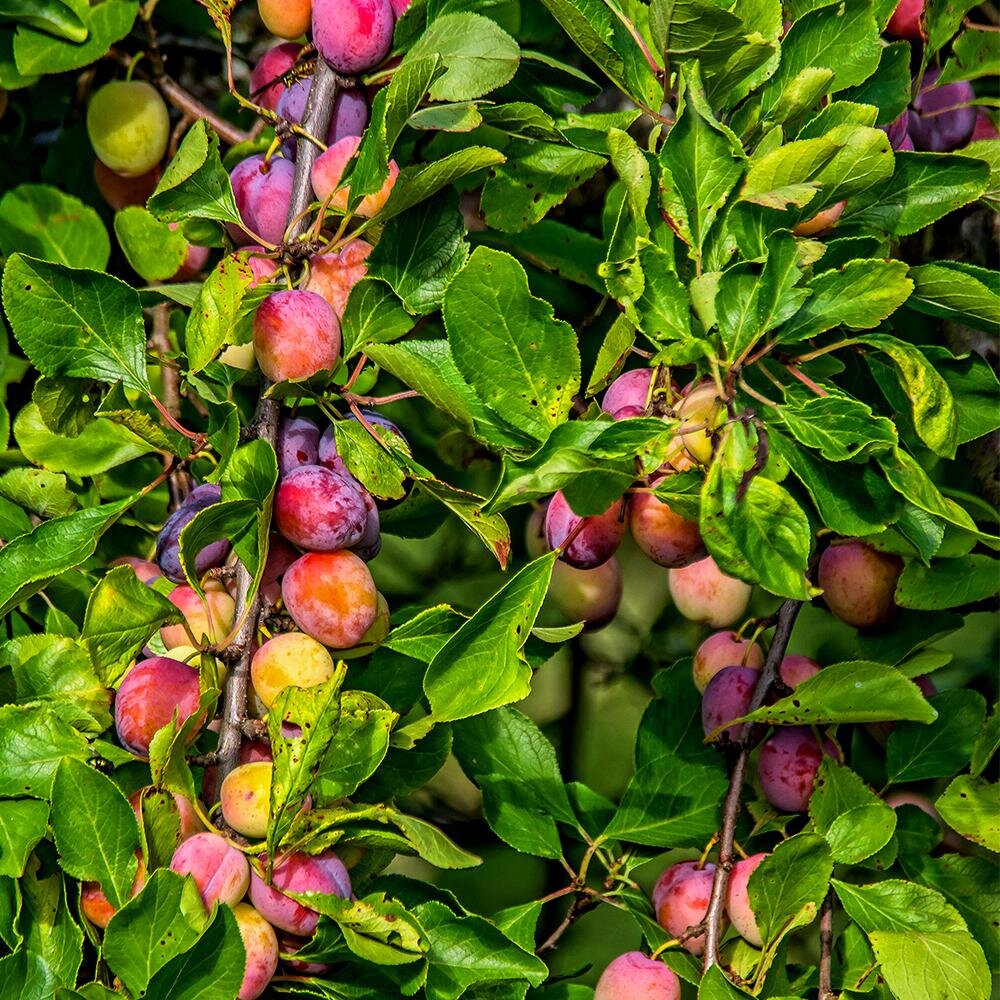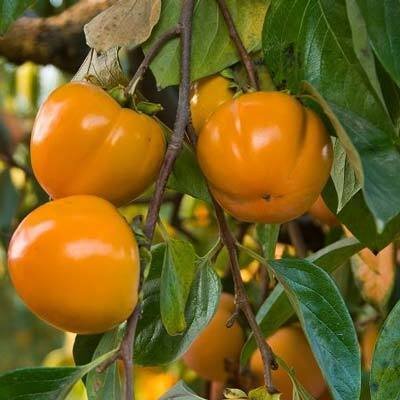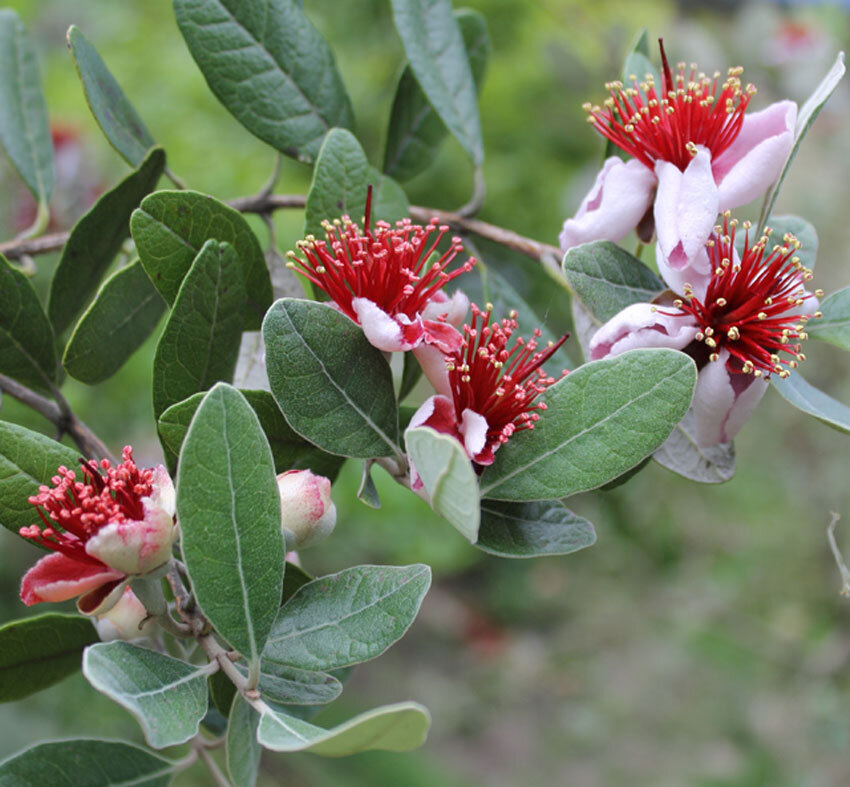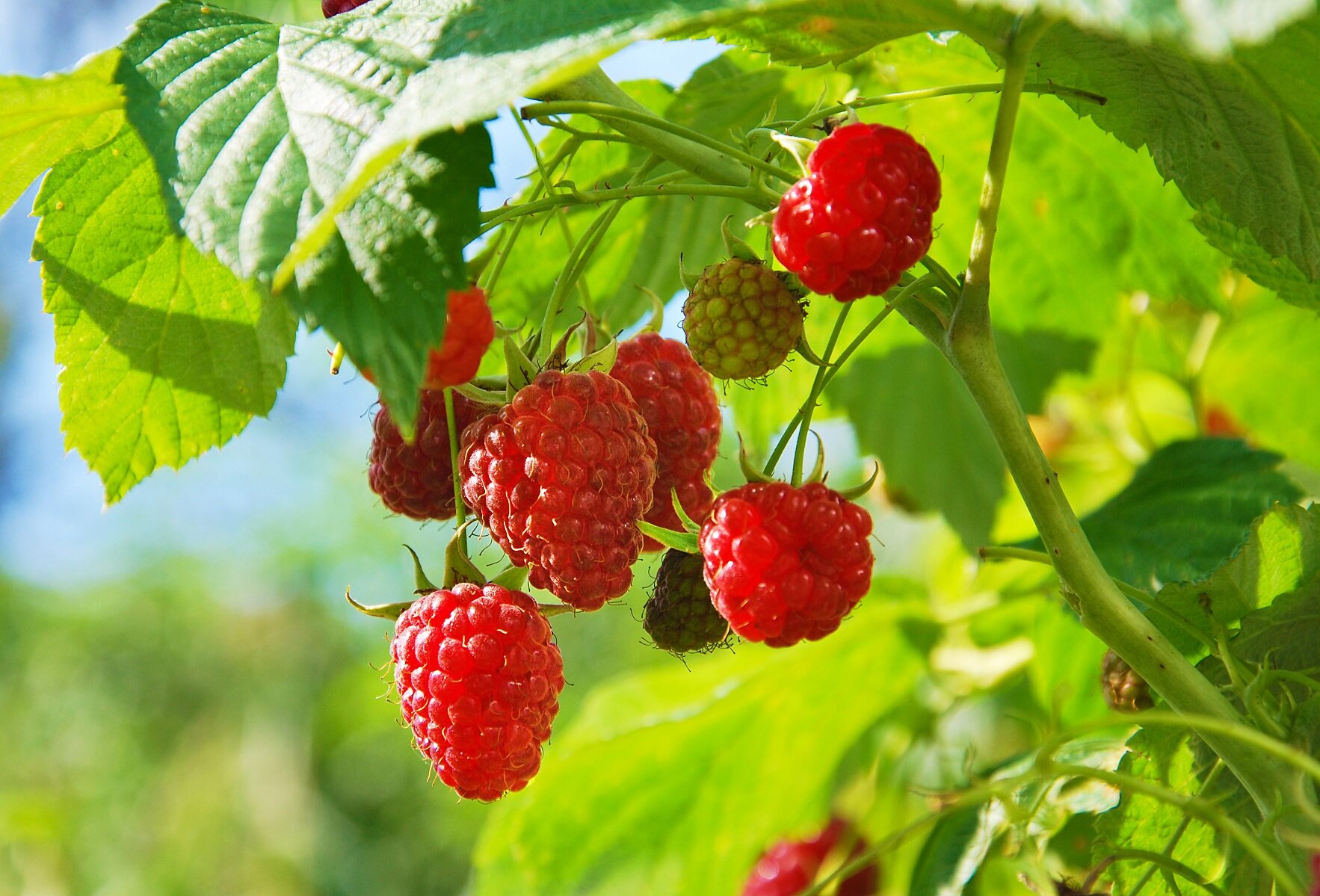It would appear mosquito season is upon us. What can I do? Is there truly such a thing as mosquito control…without chemicals?
If you ask the barrier-spray mosquito control companies, they’ll tell you they have the answer. Indeed, their chemicals control mosquitoes, but what they don’t tell you is that they also kill everything else in the spray’s path and on the foliage.
Mosquitoes Can Kill
Mosquitoes are more than a nuisance; they can be deadly! If a female carrying disease goes for your blood, you could be in trouble. Mosquito-borne diseases in the U.S. are one of the deadliest in the world because of the many diseases they transmit. We have had reported cases of dengue, zika virus, West Nile virus, and Eastern and Western equine encephalitis, as well as a host of other diseases affecting you and your pets.
Thanks to the 2016 Zika outbreak, these broad-spray mosquito control companies have grown exponentially, and have set homeowners into panic mode to kill.
Trust me, I don’t like mosquitoes either, and I’d rather die of old age with a hand-cultivator in my grip than from the mosquito-borne Zika virus!
When I asked the closest Mosquito Joe location to me about their chemical toxicity, the reply was, “Our chemicals are organic, and with such a low concentration, it doesn’t affect anything else.” Hmm, maybe I just look like I was born yesterday.
When are we going to learn organic pesticides are still pesticides?
What About Our Safety?
Do we know enough about the chemical safety of these mosquito control companies? To find out more, I reached out to Dr. Michael Reiskind, associate professor of entomology (the study of insects) at NC State University. Reiskind explains, “Mosquito control companies spray an insecticide — almost always a pyrethroid — to vegetation outside your house. That vegetation is where mosquitoes like to rest, so it kills them when they go in there. But it will kill other insects that go in there to rest. We call that a non-target effect.”
These mosquito spray companies often minimize the risk of environmental impacts by saying, “The insecticides are similar to naturally-occurring substances found in chrysanthemums.” But according to Reiskind, “The synthetic pyrethroids used to control mosquitoes have been manufactured to be more toxic and to last longer in the environment.” It’s essential for all of us to understand the consequences of killing with chemicals.”
Generally, barrier spray treatments are applied where mosquitoes spend the daytime — under leaves and in shady areas. Conscientious appliers avoid spraying flowering plants, and by law, they should. But butterfly and moth caterpillars, and many other insects eat the foliage of sprayed plants. As for the birds, pyrethroids don’t directly harm birds, but birds eat caterpillars, so they are at risk as well from the chemicals and loss of an important food supply.
These mosquito control companies also claim they have certified applicators and only spray in the shrubs and trees, never on blooms, and before 10 am, before pollinators start foraging.
Is that so? To find out more, I also contacted Sydney L. Ross, with the NC Department of Ag and Consumer Services, Structural Pest Control & Pesticides Division. Her reply was troubling: “Within North Carolina, we allow for one licensed pesticide applicator to supervise as many individuals as he or she would like, as long as all individuals work out of the same storage location.”
So only one person in an office of 5, 10, 20, or more pesticide applicators needs to be certified; only one applicator needs to go through the arduous certification training, and be annually re-certified?
To summarize, only one person with the license needs to be available to train in the safe use of insecticide products and be reachable by phone to the unlicensed applicators on the job. That licensee is responsible/liable for any mistakes made by the person they are supervising. Please note, there is no requirement to verify in-house training. To me, that licensee is the designated felon! Would you want that responsibility?
Compliance
Around my neighborhood, I’ve seen and others have reported seeing mosquito control companies spraying after 10 am. So while Ross was only a question away, I asked: How strictly regulated are the mosquito spray companies in NC? Ross replied: “All mosquito spray companies are required to hold a public health category license with the Pesticides Section. Alternatively, some hold structural pest control licenses with our other section, Structural Pest Control, which covers their mosquito applications around a structure. All mosquito application companies are subject to random and routine inspections once a year, and they are also subject to random inspections while in the field.
“Inspections generally cover topics such as personal protective equipment, products used, application method/equipment, recordkeeping, pesticide storage, and environmental conditions during the time of application. Inspections can also lead to an investigation if there is pesticide misuse.” Ross also noted her office investigates and follow up on all complaints received in their office regarding mosquito applicators, so if you see spraying after 10 am, call your local authority. In NC, that number is (919) 218-7952.
Vegetables, Herbs and Fruit Trees
The chemicals should likewise never be sprayed on or close to edible plants, including fruit-bearing trees, and vegetable and herb gardens. Structures like houses and swing sets also should be avoided; however, rules are murky about structures such as fences.
Pyrethroid insecticides used to kill mosquitoes will kill any insect that encounters it, including bees, caterpillars, and butterflies. The reality is there’s no way to entirely avoid hurting pollinators if you’re spraying for mosquitoes.
More studies are needed to quantify this damage, but from experience, I am a twice-failed beekeeper. The first time I failed, I assumed it was Colony Collapse disorder (CCD). The second time, my bees were throughout the garden. I later found out one of my neighbors used a mosquito spray service. Other beekeepers have lamented to me the same experiences.
I have since registered with Fieldwatch, a program that allows pesticide applicators to locate any nearby beehives or sensitive sites and contact the site’s owner to avoid pesticide contamination/drift. Although personal gardens aren’t yet allowed to register, I registered anyway because I have over 30 fruit trees and consider my pollinator a sensitive site. So sue me.
Mosquito spraying is not the only reason insects like fireflies, butterflies, and bees are in trouble. But mosquito sprays can kill these species. Decreasing the amount of spraying is one thing we can do to help them.
Clean Your Garden
